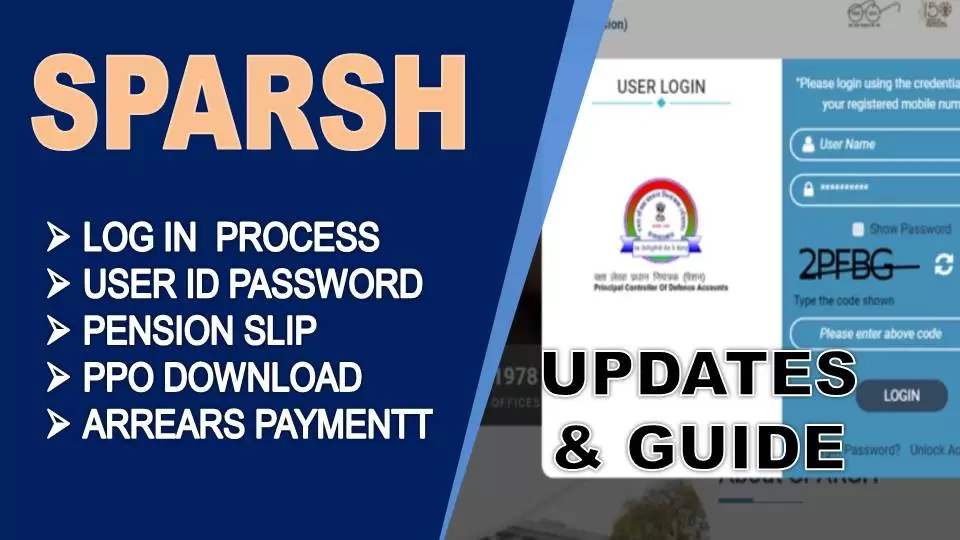NPS investment: Income tax benefit under 80CCD (1B) and 80CCD (2) is over and above Rs 1.5 lakh limit under Section 80C.
National Pension System or NPS is designed to save towards post retirement years by making contribution during the work life. Income tax benefits are one of the key advantages of investing in NPS, which is open for both salaried and self-employed. NPS offers two of accounts: Tier I and Tier II. Investment in Tier I account gets a number of income tax benefits but subscribers cannot withdraw till the person reaches the age of 60. Partial withdrawal and premature exit is allowed in specific cases.
Recently, the government approved a proposal to make NPS more attractive for subscribers by making withdrawal from NPS completely tax-free. This additional benefit is expected to come into effect from April 1 once amendment to the Finance Bill is passed. (Read: NPS rule changes explained in 10 points)
Current Income tax benefits on Tier 1 NPS accounts
1) Tax benefit under 80CCD (1B): For salaried as well as self-employed, investment of up to Rs 50,000 in Tier I NPS account in a financial year qualifies for tax deduction under Section 80CCD (1B) of the Income Tax Act.
2) This Rs 50,000 extra tax deduction is in addition to the Rs 1.5 lakh allowed under Section 80CCD (1) for investment towards NPS.
3) It is to be noted that the total amount of deduction under sections 80C, 80CCC (investment in pension plan offered by an insurer) and Section 80CCD (1) (for NPS) cannot exceed Rs. 1.5 lakh in a financial year.
4) Another point to remember: the deduction under Section 80CCD (1) is available to both salaried individuals and non-salaried individuals.
5) But for salaried individuals the maximum deduction allowed under Section 80CCD (1) is 10% of their salary for that year and for non-salaried individuals it is 20% of gross total income for that year.
6) So overall, an individual can claim a income tax deduction benefit of up to Rs 2 lakh: Rs. 1.5 lakh under Section 80CCD (1) and Rs. 50,000 under section 80CCD (1B).
7) Under NPS corporate model, an employee can deposit contribution directly or can route the contribution through the employer.
8) In additional tax benefit, the benefit of employer’s contribution is given as deduction to the individual salaried employee under Section 80CCD (2).
9) Income tax benefit under Section 80CCD (2): Though there is no upper limit for employer’s contribution towards employee’s NPS account, the maximum deduction allowed under Section 80CCD (2) cannot be more than 10% of employee’s salary in that particular year.
10) For income tax purposes, “salary” for calculating the contribution towards NPS (Section 80CCD (1) and Section 80CCD (2)) excludes allowances and perquisites. Employer’s contribution towards NPS is considered part of salary.









No comments:
Post a Comment
Indian Military Veterans Viewers, ..
Each of you is part of the Indian Military Veterans message.
We kindly request you to make healthy use of this section which welcomes the freedom of expression of the readers.
Note:
1. The comments posted here are the readers' own comments. Veterans news is not responsible for this in any way.
2. The Academic Committee has the full right to reject, reduce or censor opinion.
3. Personal attacks, rude words, comments that are not relevant to the work will be removed
4. We kindly ask you to post a comment using their name and the correct email address.
- INDIAN MILITARY VETERANS- ADMIN